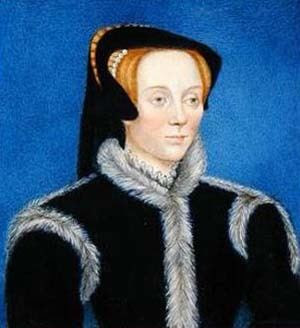Based on events depicted in the famous Diary of Samuel Pepys, Entertaining Mr Pepys brings London in the 17th Century to life. It includes the vibrant characters of the day such as the diarist himself and actress Nell Gwynne, and features a dazzling and gripping finale during the Great Fire of London.
Refugees from the
Great Fire of London
‘The saddest sight of
desolation that I ever saw. Everywhere great fires. Oyle-cellars and brimstone
and other things burning’ Samuel Pepys’ Diary 1666
Herded beasts
In The Great Fire of London 70,000 homes were destroyed,
leaving the people of London shocked to the core and suddenly with nowhere to
go. Their businesses, their familiar landscape; all destroyed. Not only that,
but most of their possessions had gone up in smoke too.
Many fled to Moorfields, just north of Moorgate, one of
London’s most notorious centres of vice and violence, and the open space which
was safest from the fire, though not from thieves and petty criminals. There
they camped out ‘under tents, some under
miserable huts and hovels, many without a rag, or any necessary utensills, bed
or board, who from delicateness, riches, and easy accommodations in stately and
well-furnished houses, were now reduced to extreme misery and poverty’.
(John Evelyn)
Fearing a near riot, the King despatched the trained bands
of militia to Moorfields to try to keep order. Churches, chapels and any other
public building still standing was used to house the people and the goods they
had rescued from their homes, and as centres for the distribution of food,
which was in short supply since the grain-stores, bakeries and brewers had all
been burned down.
Many refugees relied on their relatives in other towns or
the villages nearby. In Restoration London the countryside was never far away. ‘The most in fields like herded beasts lie
down to dews obnoxious on the grassy floor,’ observed Dryden.
The king issued an edict which ordered the surrounding towns
to receive any displaced persons and to permit them to trade, and sent word to
local justices to make sure refugees were not robbed of the little they had
left. For the poor, there was some relish in the way the rich had been brought
down to the same level as everyone else; ‘those
that delighted themselves in downe beds and silken curteynes are now glad of the
shelter of a hedge,’ said Anthony Wood.
Rumour spreads faster
than the flames
The rumour that the fire had been a terrorist act by the
Dutch was quick to take hold, because England had been waging war against the
Dutch over trade routes for years. A savage army of Dutch and French were on their
way, the rumour said, now that London was in disorder and ruin. Panic ensued –
in fact just the kind of disorder the militia were trying to prevent.
Before
long a mob was on the street armed with cudgels, sticks and anything else they
could find. Fuelled by rage at the loss of their city they went on the rampage,
looking for traitors in their midst. They were wrong of course, there was no
Dutch plot, but that didn’t prevent xenophobic attacks on anyone with a foreign
accent, and it took more armed troops to subdue the riot.
The following day more militia were drafted in, just in case
of further disorder, and the King announced at Moorfields that a temporary
Exchange was to be set up in Gresham College in an unaffected north-east part
of the city. As he was soothing his subjects, the true scale of devastation was
becoming apparent. In fact fires continued to burn in cellars and under debris
until March, and there was a constant fear it would spread again. John Evelyn
took a walk the Friday after, passing, ‘
voragos
of subterranean cellars, wells, and dungeons, formerly warehouses, still
burning in stench and dark clouds of smoke.’
Hollar’s engraving of the immediate aftermath of the Great
Fire gives us a sense of the terrible loss of this formerly thriving city.
Eighty-six churches gone, 373 acres of buildings destroyed, and it would take
half a century before Londoners could walk in their rebuilt streets without tasting
the acrid smell of smoke.
Deborah Swift
# # #
About the Author
Deborah Swift lives in North Lancashire on the edge of the Lake District and worked as a set and costume designer for theatre and TV. After gaining an MA in Creative Writing in 2007 Deborah now teach classes and courses in writing and provides editorial advice to writers and authors. Find out more at Deborah's website
www.deborahswift.com and follow her on
Facebook and Twitter
@swiftstory.






















